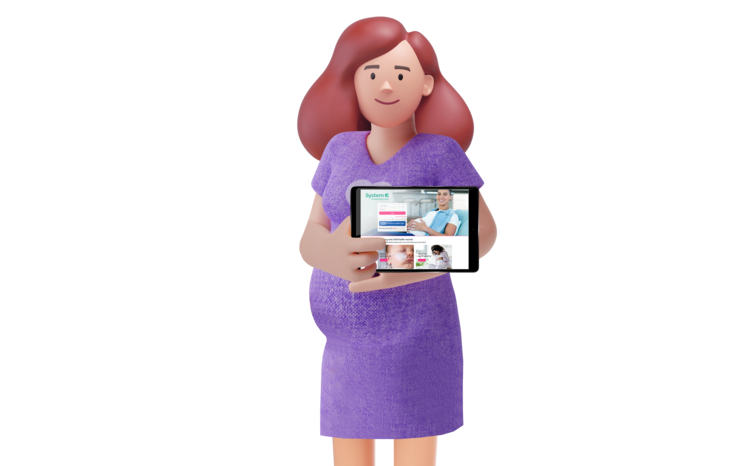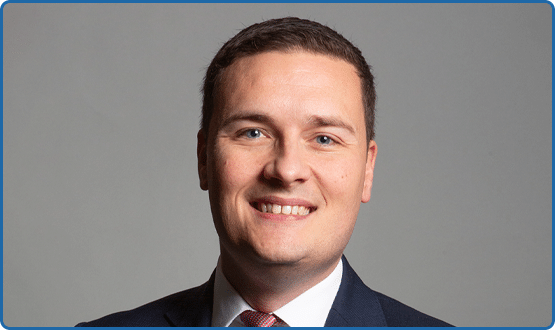DH Shapes Up National IT Structures
- 25 March 2003
The "Who Does What" debate at the top level of healthcare IT continues but the HC2003 audience at Harrogate this week got a glimpse on the shape of things to come for the NHS Information Authority (NHSIA), the Information Policy Unit (IPU) and the National IT Programme
Department of Health (DH) director of research, information and analysis, Professor Sir John Pattison, said the department was in the process of refining final thoughts on what and who would be included in the National Programme for NHS IT.
However, he made it clear that the NHS Information Authority would continue to act as a national services operator for those services best delivered nationally, but Sir John portrayed this national role as an expanding one.
He said the Department of Health Information Policy Unit would continue with its policy development role, though he emphasised the need to work ever more closely with other government departments and to ensure that the National Programme, which covers England only, would not produce barriers for patients going across the borders with Wales and Scotland for treatment.
The National Programme would, said Sir John, "hold the ring" and build features that turned policy into practice.
Sir John said the director-general of IT, Richard Granger, would take over his [Sir John’s] IT roles at the department because he was due to retire from full-time work next year.
He paid tribute to Mr Granger, who became IT tsar in October last year, saying, "He took a huge burden off my shoulders. We didn’t realise how much we needed Richard Granger until he got here and started to work."
The future roles of the NHSIA and the IPU were expanded on by their respective chief executives, Gwyn Thomas and Peter Drury.
Dr Thomas explained, “What I think the NHSIA is engaged in now is how we implement integrated health care across the NHS.” He painted a picture of the authority as the provider and operator of national services, complementing the National Programme’s “design and build” role.
He pointed to National Numbers for Babies (NN4B) as an example of the type of service the NHSIA could deliver and develop. NN4B issues an NHS number to babies at birth rather than at the registration of their birth up to six weeks later. Since it went live in October 2002, the service has issued 160,000 numbers and 62% of maternity units now use the central issue system.
Dr Thomas argued that patient expectations were rising and cited a report by consultants, McKinsey & Co, which said that patients were expecting to receive their healthcare from a joined up, integrated service.
In practical terms, this meant, for example, that the NN4B system could now be linked to the hearing screening management system and deliver earlier hearing screening – a clinical benefit for babies born with a hearing impairment.
”It’s like the IKEA flatpacks we’ve had for years and someone has found the instructions,” Dr Thomas joked, adding that this kind of integration could be achieved using existing assets.
“It turns the legacy problem into an asset,” he said. Asked later how the wider use of the NHS number could be encouraged, Dr Thomas said he thought it should be mandatory.
Mr Drury said the IPU was flexing to support the establishment of the National Programme and he saw the unit’s future role as being focused on information management, a critical issue in view of the NHS’s size and complexity.
He produced a diagram showing the unit operating within the DH as part of Sir John’s directorate, with communication lines to the NHSIA and the National Programme, but not directly with the NHS. He explained, “The IPU is a part of the DH. The relationship between us and the NHS will be mediated increasingly by the DH.”
The IPU also deals with a long list of tasks and policy areas ranging from dealing with parliamentary questions to tracking future trends over the horizon; from liaison with other government departments and areas such as a social care to international benchmarking.




